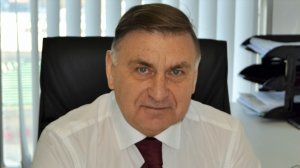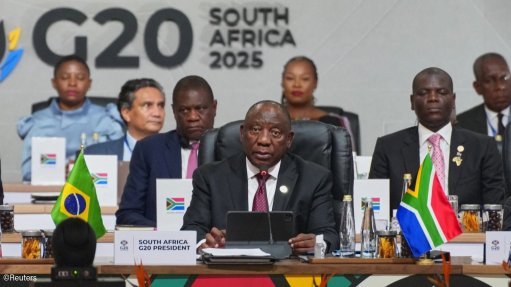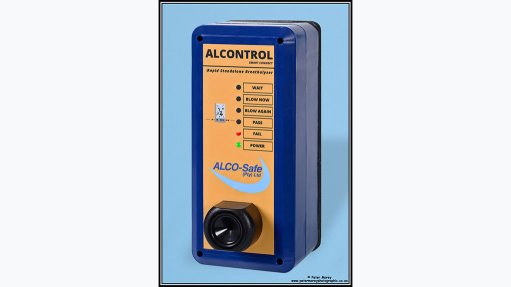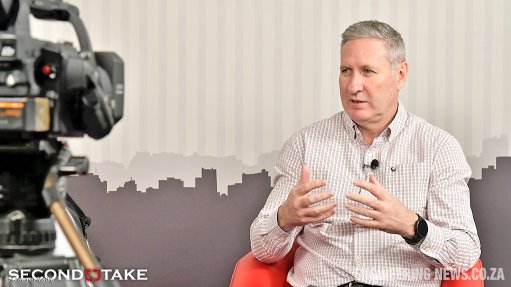Nuclear energy obvious solution to SA power problems

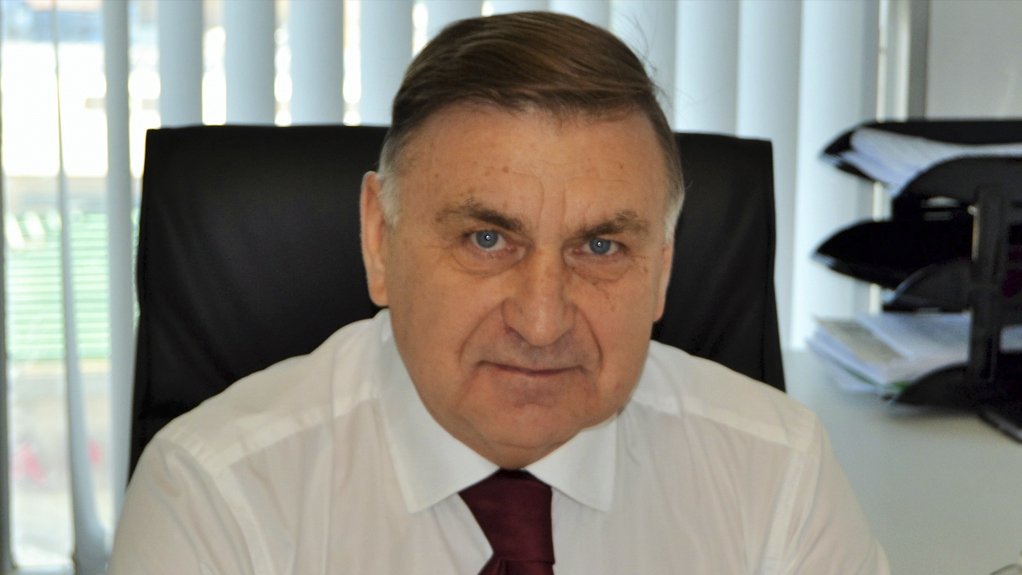

VIKTOR POLIKARPOV Rosatom is focused on providing tailored nuclear solutions to lower the cost of a unit of electricity
VVER 1200 The country is looking for a proven Gen III or III+ pressurised water reactor (PWR), as this is what the country is familiar with and in which they have expertise
The nuclear new build programme, which is projected to supply the South African grid with 9.6 GW of electricity, will be a major step towards resolving South Africa’s power problems, says Russian State Atomic Energy Corporation (Rosatom) sub-Saharan Africa VP Viktor Polikarpov.
“. . . for South Africa to increase or even maintain its current growth potential, it needs a reliable and affordable source of baseload power to stimulate industrial activities and bolster economic growth,” he states.
The Moscow-based company with a regional office in Sandton, Johannesburg, has been supplying enriched uranium products to State-owned power utility Eskom’s Koeberg nuclear power plant (NPP), near Cape Town, since 1995, and was also involved in the intergovernmental agreement on nuclear energy between South Africa and Russia in September 2014.
“Rosatom is now ready to participate in a transparent and competitive procurement process for nuclear power, on terms set by the South African government,” Polikarpov adds.
An initial estimate from the nuclear company, a bidder in the procurement process . . . has indicated that the proposed programme will result in R22-billion of gross value added in the construction phase alone.
Polikarpov tells Engineering News that nuclear energy also requires the highest number of skilled workers for every 1 000 MW of installed capacity of any power source.
“According to the White Paper on Nuclear Energy’s Economic Benefits – Current and Future, published by the Nuclear Energy Institute, nuclear requires 500 skilled workers for every 1 000 MW, whereas coal requires 220, wind 90 and natural gas only 60 . . . Estimates are that up to 60% localisation can be achieved on the final units, and up to 15 000 direct jobs and 150 000 indirect jobs are to be created by Rosatom in the new build programme,” he notes.
While the R1-trillion nuclear project, which is projected to be completed by 2030, remains heavily criticised by the antinuclear lobby, Polikarpov notes that nuclear success stories are often omitted.
He states that the company is focused on providing tailored nuclear solutions to lower the cost of a unit of electricity. This entails a shift in approach to the international market regarding construction and operation to provide more tailored, effective and efficient nuclear systems.
Rosatom projects in Belarus and Finland are being implemented according to schedule, and first power is planned for Unit 4 of the unique fast neutron reactor at the Beloyarsk NPP, in Russia, which started up in 2015, says Polikarpov.
“Critics of nuclear programmes generally select a few projects globally that are far behind schedule and overbudget, but neglect to share the success stories from the nuclear industry,” he states.
Nonetheless, Polikarpov believes that South Africa remains an ideal location for nuclear projects, as it is not subjected to extreme seismic activity or tsunamis and tornados. He adds that finding large bodies of water used for cooling remains a challenge, but is usually circumvented by building the plants along the coast, using the ocean as a cooling pond.
“Rosatom is ready to cooperate with local companies to revitalise the entire nuclear industry in South Africa to develop a full-scale nuclear cluster of world-class standards. We believe South Africa has the infrastructure, technical capabilities and legislation in place for this to become a reality . . . from the development of a front-end nuclear fuel cycle to the engineering and manufacturing of complex power equipment,” he explains.
In doing so, Rosatom can create reliable partners that can assist with projects in Africa, he adds.
Polikarpov also maintains that nuclear energy remains the most obvious solution for South Africa’s current power challenges.
“It is currently one of the cleanest and statistically the safest form of energy available . . . As a long-term investment, it is extremely cost effective, especially when considering its operational life span over 60 years, which is twice that of coal and three times that of renewables.”
Polikarpov notes that the company is offering to supply the South African government with its Water-Water Energetic Reactor 1200, or VVER 1200, technology – a pressurised-water nuclear power reactor with a pressure vessel, using thermal neutrons. It is used to produce thermal energy released by the fission of nuclear nuclei in fuel.
“The South African government has stated, for good reason, that it will not choose a first-of-its-kind reactor. The country is looking for a proven Gen III or III+ pressurised-water reactor (PWR), as this is what the country is familiar with and in which they have expertise. Currently, Gen II PWR reactors are used at Koeberg,” he concludes.
Article Enquiry
Email Article
Save Article
Feedback
To advertise email advertising@creamermedia.co.za or click here
Comments
Announcements
What's On
Subscribe to improve your user experience...
Option 1 (equivalent of R125 a month):
Receive a weekly copy of Creamer Media's Engineering News & Mining Weekly magazine
(print copy for those in South Africa and e-magazine for those outside of South Africa)
Receive daily email newsletters
Access to full search results
Access archive of magazine back copies
Access to Projects in Progress
Access to ONE Research Report of your choice in PDF format
Option 2 (equivalent of R375 a month):
All benefits from Option 1
PLUS
Access to Creamer Media's Research Channel Africa for ALL Research Reports, in PDF format, on various industrial and mining sectors
including Electricity; Water; Energy Transition; Hydrogen; Roads, Rail and Ports; Coal; Gold; Platinum; Battery Metals; etc.
Already a subscriber?
Forgotten your password?
Receive weekly copy of Creamer Media's Engineering News & Mining Weekly magazine (print copy for those in South Africa and e-magazine for those outside of South Africa)
➕
Recieve daily email newsletters
➕
Access to full search results
➕
Access archive of magazine back copies
➕
Access to Projects in Progress
➕
Access to ONE Research Report of your choice in PDF format
RESEARCH CHANNEL AFRICA
R4500 (equivalent of R375 a month)
SUBSCRIBEAll benefits from Option 1
➕
Access to Creamer Media's Research Channel Africa for ALL Research Reports on various industrial and mining sectors, in PDF format, including on:
Electricity
➕
Water
➕
Energy Transition
➕
Hydrogen
➕
Roads, Rail and Ports
➕
Coal
➕
Gold
➕
Platinum
➕
Battery Metals
➕
etc.
Receive all benefits from Option 1 or Option 2 delivered to numerous people at your company
➕
Multiple User names and Passwords for simultaneous log-ins
➕
Intranet integration access to all in your organisation



